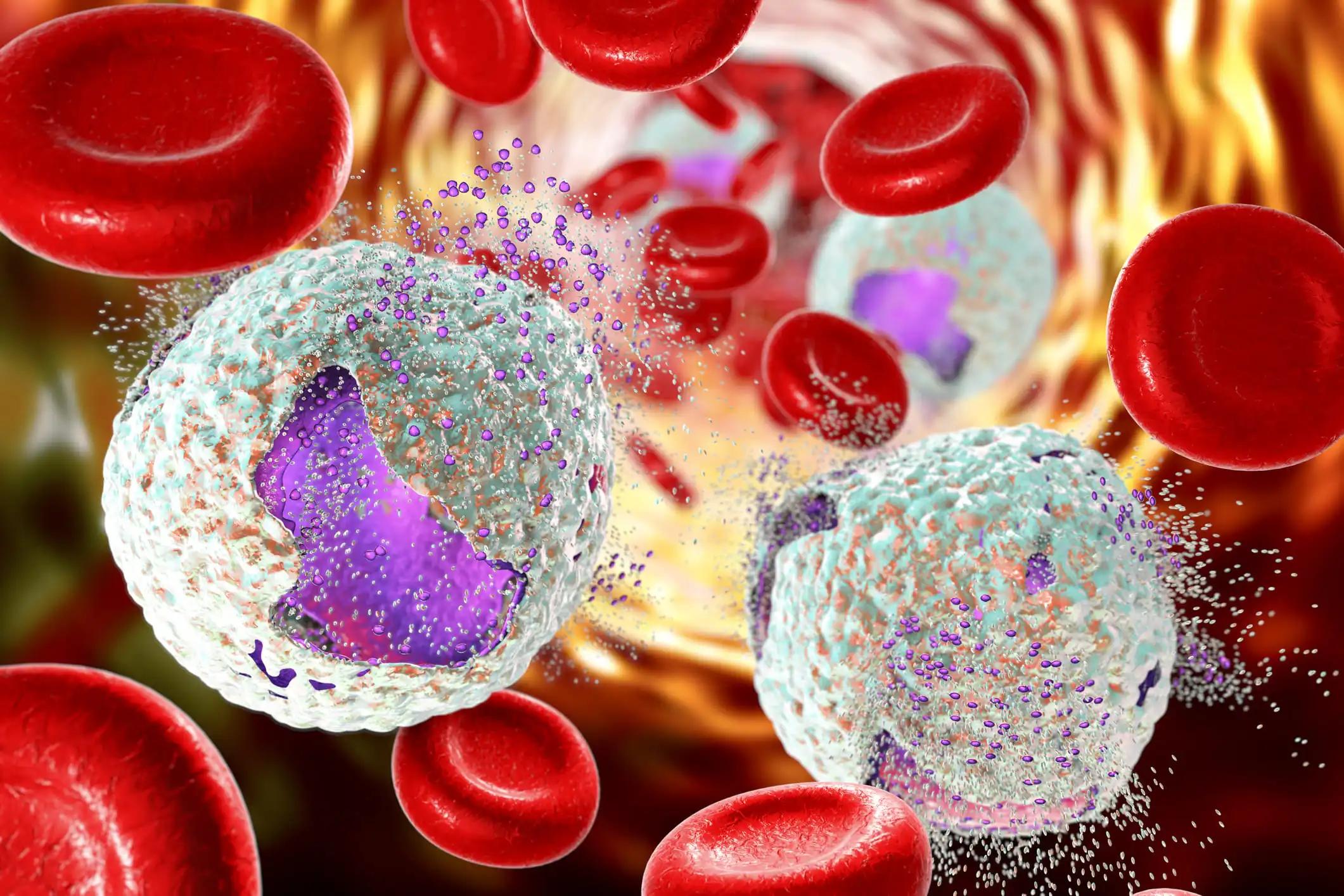KEY TAKEAWAYS
- The study aimed to assess outcomes in pediatric leukemia patients undergoing HSCT with a specific conditioning regimen.
- Researchers observed comparable outcomes and acceptable toxicities in pediatric ALL patients, including a significant reduction in radiation dose.
Hematopoietic stem cell transplantation (HSCT) stands as a potential cure for challenging pediatric acute lymphoblastic leukemia (ALL) cases, with the choice of conditioning regimen playing a pivotal role in treatment outcomes.
Jaspreet Gharial and her team aimed to present outcomes derived from the conditioning regimen employed at Alberta Children’s Hospital, involving a 4-day administration of busulfan with a targeted pharmacokinetic level of 3750 μmol*min/L/day ±10%, higher dose fludarabine (250 mg/m2), and 400 cGy total body irradiation.
Researchers performed an inclusive analysis in this retrospective study involving children undergoing transplantation for ALL. The study aimed to compare two groups: those within the targeted busulfan range and those either not measured or falling outside this range. All other treatment factors were held constant for a comprehensive evaluation of the impact of busulfan levels on transplant outcomes.
About 29 children (17 within target) busulfan range underwent evaluation in this study. All subjects achieved neutrophil engraftment within a median IQR time of 14 days [8-30 days]. The cumulative incidence of acute graft-versus-host disease was 44.8% [95% CI: 35.6%-54.0%], with chronic graft-versus-host disease noted in 16.0% [95% CI: 8.7%-23.3%]. At 2 years, overall survival (OS) stood at 78.1% [95% CI: 70.8%-86.4%], and event-free survival (EFS) was 74.7% [95% CI: 66.4%-83.0%]. The cumulative incidence of relapse was 11.3% [95% CI: 5.1%-17.5%]. Notably, there were no statistically significant differences observed between the group that received targeted busulfan and the untargeted group.
The study concluded that the conditioning regimen for pediatric ALL demonstrated outcomes on par with standard treatment, featuring acceptable toxicities and a noteworthy reduction in radiation dose. However, targeting busulfan dose within this cohort did not yield improved outcomes.
Source: https://pubmed.ncbi.nlm.nih.gov/38217082/
Gharial J, Guilcher G, Truong T, et.al (2024). ‘’Busulfan with 400 centigray of total body irradiation and higher dose fludarabine: An alternative regimen for hematopoietic stem cell transplantation in pediatric acute lymphoblastic leukemia.’’ Pediatr Blood Cancer. 2024 Apr;71(4):e30844. doi: 10.1002/pbc.30844. Epub 2024 Jan 12. PMID: 38217082.



